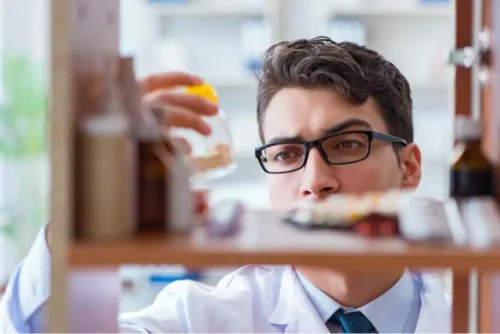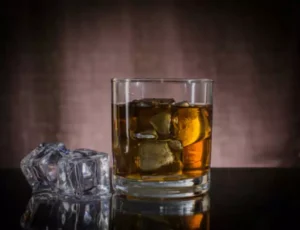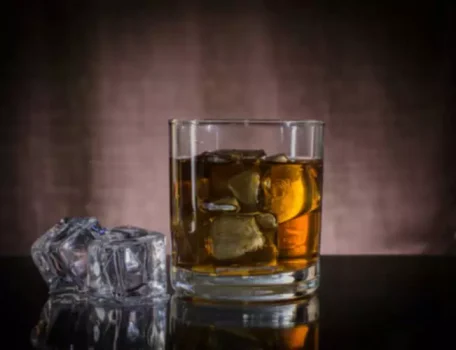
The vehicle cannot be operated unless the driver blows into the interlock and has a BAC below a pre-set low limit, usually .02 g/dL. NHTSA strongly supports the expansion of ignition interlocks as a proven technology that keeps drunk drivers from getting behind the wheel. In contrast with culpability studies, case control studies compare the prevalence of marijuana use among drivers injured or killed in traffic accidents with a control group of other drivers.
Save lives: a road safety technical package
Make the better choice, don’t get behind the wheel while intoxicated. A diversion is an agreement between the prosecutor and the offender to resolve the charge without court intervention. Generally, these agreements involve the offender admitting to the DUI charge in exchange for dismissal of the charges upon completion of the diversion program. To learn more about the specifics of the penalties in your state, you should contact a local DUI lawyer. An experienced team of legal writers and editors researches, drafts, edits, and updates the articles in the Understand Your Issue section of Lawyers.com. Each contributor has =https://ecosoberhouse.com/ either a law degree or independently established legal credentials.
Treatment and Rehabilitation for Alcohol Dependency
The police have emphasised that all offenders will face legal consequences and will be presented in court. Prevention campaigns in the United States began in earnest in the early 1980s (2). Back then, consequences of drinking and driving drunk driving accounted for about half of all crash fatalities in the nation.
Increased Chances of Having an Accident

Preventing drinking and driving starts before the next time you plan to drink. You can use a technique of examining each individual decision you made in the past that led to a specific outcome, such as driving under the influence. The DOT study mentions other transportation reasons as well, such as not wanting to leave a vehicle somewhere or having to retrieve it the next day (4). Participants in the Montana study say leaving a car could “result in judgment or damage to one’s reputation” (9). The study also found that one-fifth of respondents chose to drink and drive because of internal factors.
Despite the risk, millions of people drive impaired in the United States each year.
Ultimately, impaired driving Substance abuse comes down to decision-making, both about drinking and about driving, according to the research. In the United States, more than one person per hour is killed in a drunk driving accident (1). There is no universally safe number of drinks one can have before driving. Every person is different in terms of how they process alcohol based on biological sex, weight, food intake, level of tolerance to alcohol and other factors. When operating a motorized vehicle, your judgement skills play an important role in how you make decisions.
The Effects of Blood Alcohol Concentration
According to Forbes Advisor, car insurance rates go up 70% on average after you have had a DUI. Additionally, you may need to obtain an SR-22 document to verify you have purchased auto liability insurance. Recovery from alcohol addiction is a lifelong journey that requires dedication and perseverance. Stay committed to your treatment plan, attend appointments and meetings regularly, and reach out for help when needed. If you have even the slightest concern that you may be alcohol-impaired, it’s just better to call an Uber or hand your keys off to a designated driver.
License Suspension for DUI Arrests and Convictions

Misdemeanor DUI was the most common conviction; 56% of all respondents were convicted of this offense. But 18% of alleged first-time offenders were convicted of a lesser charge like reckless driving or «wet reckless.» For some drivers, it feels humiliating to have to appear in public to answer charges of driving drunk. The key stakeholders for reducing drink–driving accidents are the police; they are responsible for enforcing drink–driving laws and for generally stepping up drink–driving countermeasures.
- Your speech is slurred and you’re exhibiting other signs of intoxication.
- Depending on the circumstances of the case, a driver might be able to obtain a hardship license (also called a «restricted license») to drive during the suspension period.
All those caught to be produced before court: Cyberabad Police
More than one-third of responses involved social or environmental influences. “Very few people set out to become drunk drivers,” write the authors of an older U.S. “However, they do set out to drink when they know they are going to drive, and they do set out to drive when they know they are going to drink” (4). After drinking, you may notice that your vision is blurred or that you’re unable to control your eye movement.
People at increased risk

A DUI can set you back, on average, $10,000, and there could be a crash — people could get hurt or killed. If you’ve been arrested for or charged with a DUI offense, you should talk to a DUI attorney right away. An attorney can evaluate the facts of your case and help you decide what to do next. Even where some aggravating circumstances are present, it’s fairly uncommon for a DUI offender to serve more than a year in jail.
What Happens When You Get A DUI? (2024 Guide)
Your primary care doctor is a good place to start, as they’ll consider your overall health and needs in recommending treatment paths. Being convicted of drunk driving can affect employment opportunities, one’s reputation in the community, and relationships with family, friends, and loved ones. On average, booze leaves the body at a rate of 0.015 g/100mL/hour. Based on this, people tend to think the “one drink per hour rule” is safe. In a 2019 survey from American Addiction Centers, more than half (53%) of survey respondents say they feel capable of driving after drinking. Yet, despite widespread education about the perils, people drive under the influence all the time.
